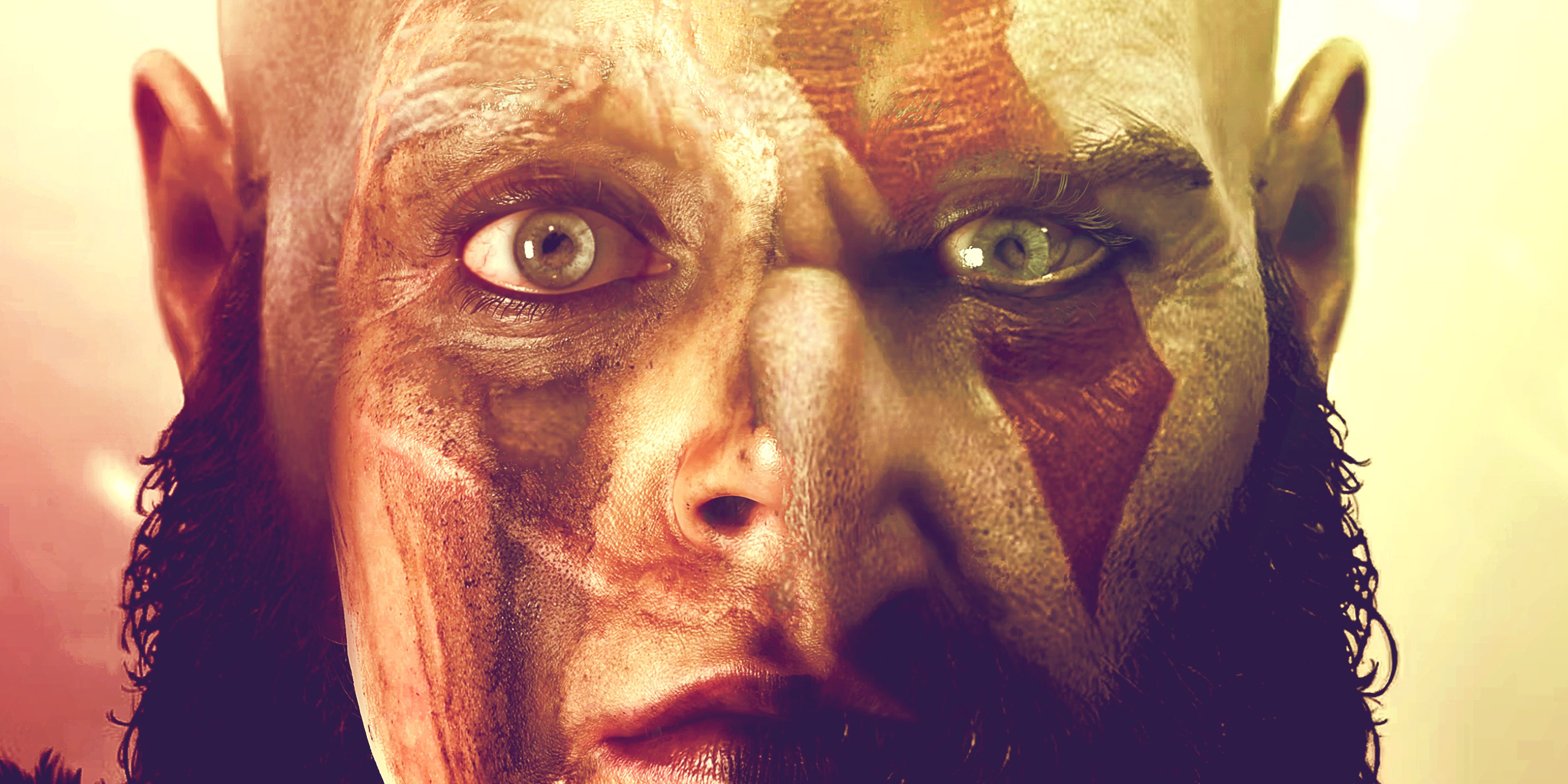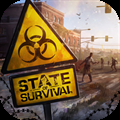Viral Tweet Comparing Characters’ Eye Socket Pores Shows Why Triple-A Is Busted

This week, on the platform formerly known as Twitter, a post comparing the eye sockets of various characters from triple-A games went viral racking up 19.2 million views at time of writing. The post contained four pictures of protagonists from current-gen series — Aloy from Horizon, Senua from Hellblade, Kratos from God of War, and Ellie from The Last of Us — each showing the top-left quadrant of the character’s head. “Which game has the best graphics?”, it asked.
Do Realistic Pores Make A Game Better?
It was rage bait, and even the blue check users in the replies had enough sense to point out that these graphical details matter far less than good gameplay. But the fact that people absolutely will throw down and argue over which has better pores, light reflection, hair, etc. is a bit of an indictment of the priorities the triple-A games industry has passed on to its audience.
If we’re being honest, is that payoff really worth the effort? It takes more time and money to make a triple-A game than it ever has in the past. Just about every studio you like is making games at a slower pace than ever before. Some, like FromSoftware and Insomniac, are still chugging away and releasing a game every year or two - though the Insomniac leaks point to a huge budget required for these efforts. And then there are the legendary outliers on the other end of the spectrum, like Bethesda likely taking 17 years to follow up Skyrim and Rockstar taking 12 years to bring back single-player GTA. Those being edge cases don't change the fact that the average time to make a game has gone way up in the past ten years.
What's Going On With Game Development Times?
There are a lot of reasons for that, but most of them can be boiled down to this: each new game needs to be bigger and better than the last. This attitude has always been present in video games, since it’s a tech-adjacent industry that prioritizes advancements in computational power. But as generational leaps begin to look more like waddles, developers have had to work harder and harder to make that progress evident. This has jacked runtime way up. The first Assassin's Creed took 20 hours to beat if you wanted to finish the main story and do a decent amount of the side content. The same thing takes nearly 100 hours in Assassin’s Creed Valhalla.
Ubisoft temporarily broke away from this scope creep with 2023's Assassin's Creed Mirage, which took 22 hours to finish if you did the main quest and some side content. But that game wasn't especially well-received by critics or fans, and this year's Shadows is expected to jack the runtime back up.
Bigger and better doesn't just apply to length, it also applies to graphical fidelity, with an ever increasing focus on making every model look and behave as realistically as possible. Red Dead Redemption 2 famously simulated its horses' testicles, and I'm dreading finding out what bizarre details Grand Theft Auto 6 fixates on. Horizon Forbidden West prompted unhinged responses from gamers when they noticed that Aloy “has a beard”, ie the normal peach fuzz that most human women have on their face. The developers behind The Last of Us Part 2 spent a herculean amount of time and effort studying exactly how blood would spatter when a zombie chowed down on flesh or when a throat was slit.
I like these games, but I don’t like them because of those details. I don’t like them because they’re longer than their predecessors, either. Five months into the year, my GOTY is still Celeste 64: Fragments of the Mountain, an hour-long game that looks like it came out 25 years ago. Games don’t need to be big and pretty and long to be great, and the industry would be better off if it gave up on trying to win over the kinds of players who are interested in pitting four incredibly detailed eye sockets against each other.
NextCeleste 64 Is A Tribute To The Original Game And Super Mario Sunshine
The bite-sized low-poly pseudo-sequel combines Madeline's quest for the peak with Mario's rest on the beach.
Posts












